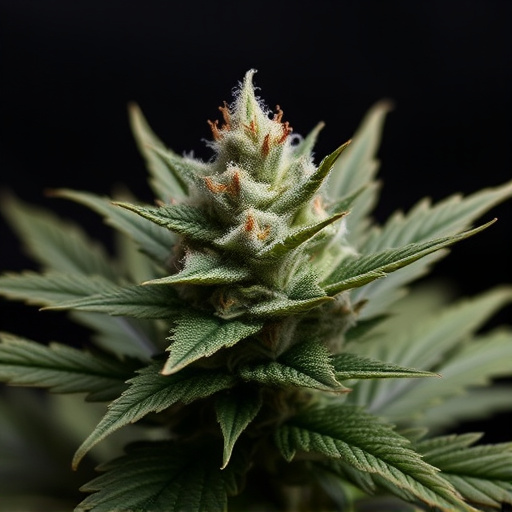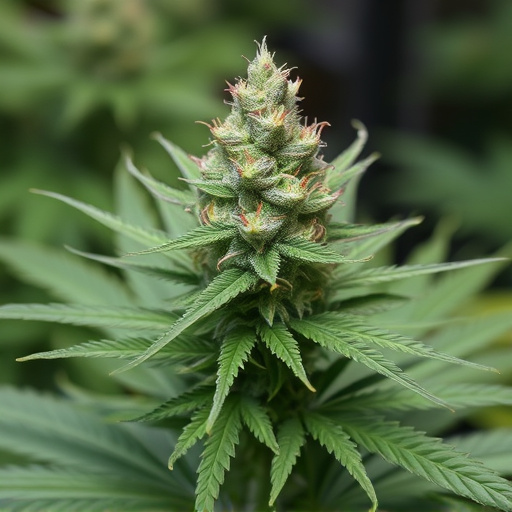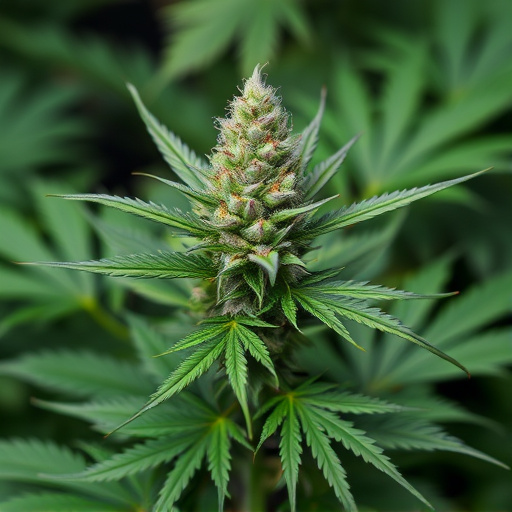Medical marihuana strains offer a diverse range of therapeutic options due to their unique cannabinoid profiles, including THC and CBD. Sativa varieties provide an energetic boost suitable for daytime treatments like depression, while Indica strains induce relaxation aiding insomnia and chronic pain. Hybrid blends cater to varied needs. Understanding these characteristics allows patients to choose the best strain for their specific medical requirements. Cannabinoids like THC offer pain relief, anti-inflammatory benefits, and CBD has anti-anxiety, anti-seizure, and neuroprotective properties. Different strains are bred to enhance specific cannabinoids for targeted treatments of various conditions such as insomnia, anxiety, chronic pain, depression, ADHD, chemotherapy-induced nausea, epilepsy, multiple sclerosis, Parkinson's disease, and skin conditions.
Discover the profound potential of medical cannabis flower and its remarkable effects on various health conditions. In this comprehensive guide, we explore ‘Understanding Medical Marijuana Strains’ and delve into the science behind their therapeutic properties. From anxiety and pain management to epilepsy and inflammation, we uncover how specific cannabis strains offer natural relief. Learn about common medical conditions treated with marijuana strains and unlock the power of this ancient herb for modern wellness.
- Understanding Medical Marijuana Strains: A Comprehensive Guide
- The Science Behind Cannabis Flower's Therapeutic Properties
- Exploring Common Medical Conditions Treated with Marijuana Strains
Understanding Medical Marijuana Strains: A Comprehensive Guide
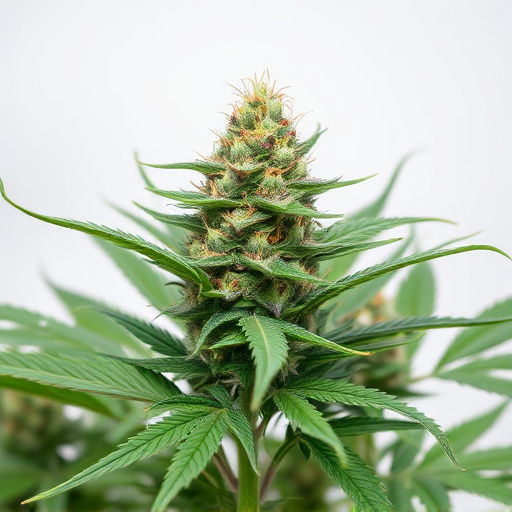
Medical marijuana strains are a diverse array of cannabis varieties, each with unique chemical compositions and potential therapeutic benefits. Understanding these strains is crucial for patients navigating the world of medical marihuana. The cannabis plant contains over 100 compounds known as cannabinoids, with two primary ones being THC (tetrahydrocannabinol) and CBD (cannabidiol). THC is responsible for most of the plant’s psychoactive effects, while CBD offers potential medicinal benefits without the mind-altering effects.
Medical marijuana strains are classified based on their cannabinoid profiles and effects. Sativa strains tend to evoke a more energetic and uplifting high, making them popular for daytime use or treating conditions like depression and anxiety. Indica strains, on the other hand, produce a relaxing and sedating effect, often preferred for evening or nighttime relief from insomnia, chronic pain, and muscle spasms. Hybrid strains combine traits from both sativa and indica, offering a balanced experience suitable for various needs. Knowing these characteristics can help patients select the right strain for their specific medical conditions.
The Science Behind Cannabis Flower's Therapeutic Properties
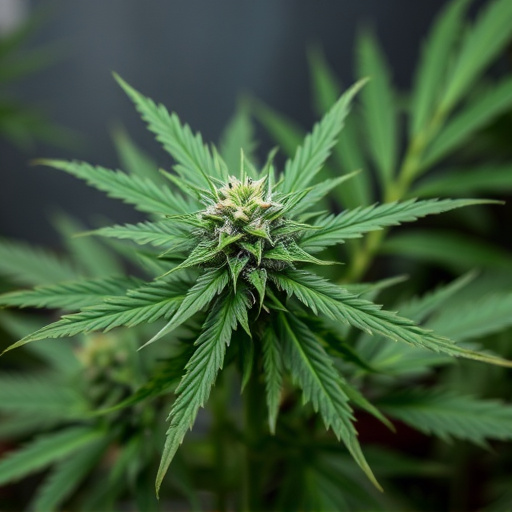
The therapeutic properties of cannabis flower are rooted in a complex interplay of chemical compounds, primarily cannabinoids and terpenes. Cannabinoids like THC (tetrahydrocannabinol) and CBD (cannabidiol) bind to specific receptors in our bodies, triggering various physiological responses. For instance, THC is known for its pain-relieving and anti-inflammatory effects, making it a potential treatment for chronic conditions. On the other hand, CBD has gained significant attention due to its non-psychoactive nature, offering anti-anxiety, anti-seizure, and neuroprotective benefits.
The science behind these properties is evolving, with ongoing research uncovering more about how cannabis interacts with our endocannabinoid system. This intricate network plays a crucial role in maintaining homeostasis, or balance, within the body. Medical marihuana strains are cultivated to amplify specific cannabinoids, allowing for targeted therapeutic effects. For example, high-CBD strains have shown promise in managing epilepsy and reducing anxiety, while high-THC varieties can aid in appetite stimulation and pain management, making cannabis a versatile tool in modern medicine.
Exploring Common Medical Conditions Treated with Marijuana Strains
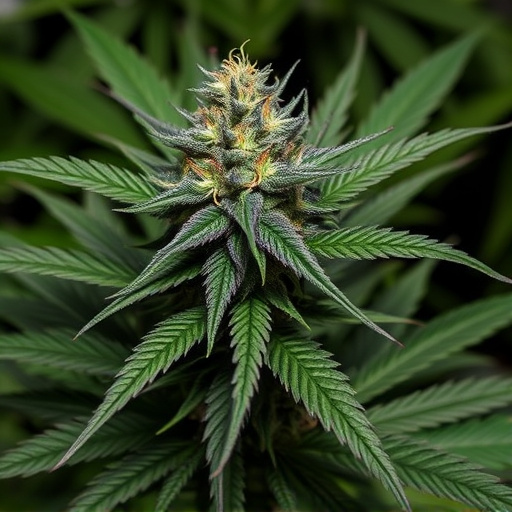
Marijuana, or cannabis, has gained significant attention for its potential therapeutic benefits, leading to a growing interest in exploring various medical marihuana strains. Different strains offer unique profiles of cannabinoids and terpenes, making them suitable for treating specific conditions. For instance, Indica strains are often recommended for their relaxing effects, helping with insomnia, anxiety, and chronic pain. Sativa strains, on the other hand, are known to stimulate creativity and energy, and can aid in managing symptoms of depression and ADHD.
Beyond these well-known applications, numerous medical marihuana strains have shown promise in treating a wide range of conditions. Some strains are believed to alleviate nausea and vomiting associated with chemotherapy, while others may help manage seizures in patients with epilepsy. Additionally, cannabis has been explored as a potential treatment for multiple sclerosis, Parkinson’s disease, and even certain skin conditions due to its anti-inflammatory properties.
Cannabis flower, with its diverse strains and therapeutic properties, has emerged as a valuable resource in the field of medicine. Understanding the science behind its effectiveness and exploring specific medical conditions that cannabis can treat opens doors to new possibilities for patient care. As research continues to uncover the benefits of medical marihuana strains, it’s clear that this natural compound holds great potential to complement traditional treatments and improve quality of life for many individuals.







